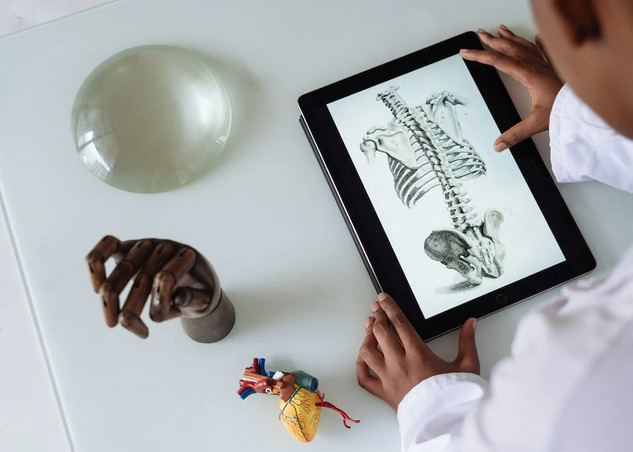So, let’s say you’re pursuing a career in healthcare. Obtaining your Advanced Cardiovascular Life Support (ACLS) certification or online acls renewal certification is an essential step. However, we understand that preparing for this exam can be challenging and overwhelming at times.
That’s why we’re here to share some effective study techniques that will help you ace your ACLS certification with confidence and ease. Keep on reading to discover the strategies to make your journey toward becoming an ACLS-certified professional a successful one.
Active Recall

Active recall is a study technique that involves actively retrieving information from your memory. Instead of passively reviewing notes or textbooks, active recall requires you to actively engage with the material by attempting to recall key concepts and information. This can be done through various methods such as flashcards, practice questions, or teaching the material to someone else. Using flashcards with important terms or concepts on one side and the corresponding definitions or explanations on the other side can really help. Test yourself regularly by going through these flashcards and trying to recall the information before flipping them over for verification.
Spaced Repetition
Spaced repetition is a study technique that involves reviewing information at specific intervals over time. Instead of cramming all the material in one sitting, spaced repetition helps to enhance long-term retention and recall. The key idea behind this technique is that by spacing out your study sessions, you allow your brain to consolidate the information more effectively. It takes full advantage of the “spacing effect,” suggesting that our brains remember information better when it is presented repeatedly over time rather than in one massive session. To implement spaced repetition, start by breaking down your ACLS certification exam content into smaller chunks or flashcards. Review these cards regularly, but increase the time between each review as you become more familiar with the material.
Visualization and Mnemonics

When studying, try visualizing each concept as a vivid image in your mind. For example, when learning about different cardiac rhythms, imagine yourself standing in an emergency room, observing monitors displaying various heart patterns. For instance, The Bee Gees’ “Stayin’ Alive” often be a good way to remember the ideal chest compressions. Aside from that, visualize the unique characteristics of each rhythm and associate them with specific treatments or interventions. Another helpful tool is using mnemonics – memory aids that help you remember information through creative associations or acronyms. Create catchy phrases or acronyms that represent key concepts or algorithms. For instance, to remember the steps for performing CPR on an adult, you could use the acronym CAB (Compressions-Airway-Breathing).
Simulation and Hands-on Practice
Simulation and hands-on practice are essential study techniques for anyone preparing for their ACLS certification exam. One effective way to engage in simulation is through role-playing scenarios. Set up mock emergencies with fellow classmates or instructors, taking turns playing the roles of both the healthcare provider and the patient. This allows you to experience different perspectives and challenges that may arise during an actual emergency. Another valuable tool for hands-on practice is using medical manikins or simulators. These realistic models provide a lifelike experience, allowing you to practice skills such as CPR, airway management, defibrillation, and medication administration. Repetition with these tools can help reinforce proper technique and improve muscle memory.
By adopting these effective study strategies, along with dedication and perseverance, you’ll be well-equipped to excel in your ACLS certification exam. Good luck on your next exam so you can ace your certified advanced cardiovascular life support provider.

